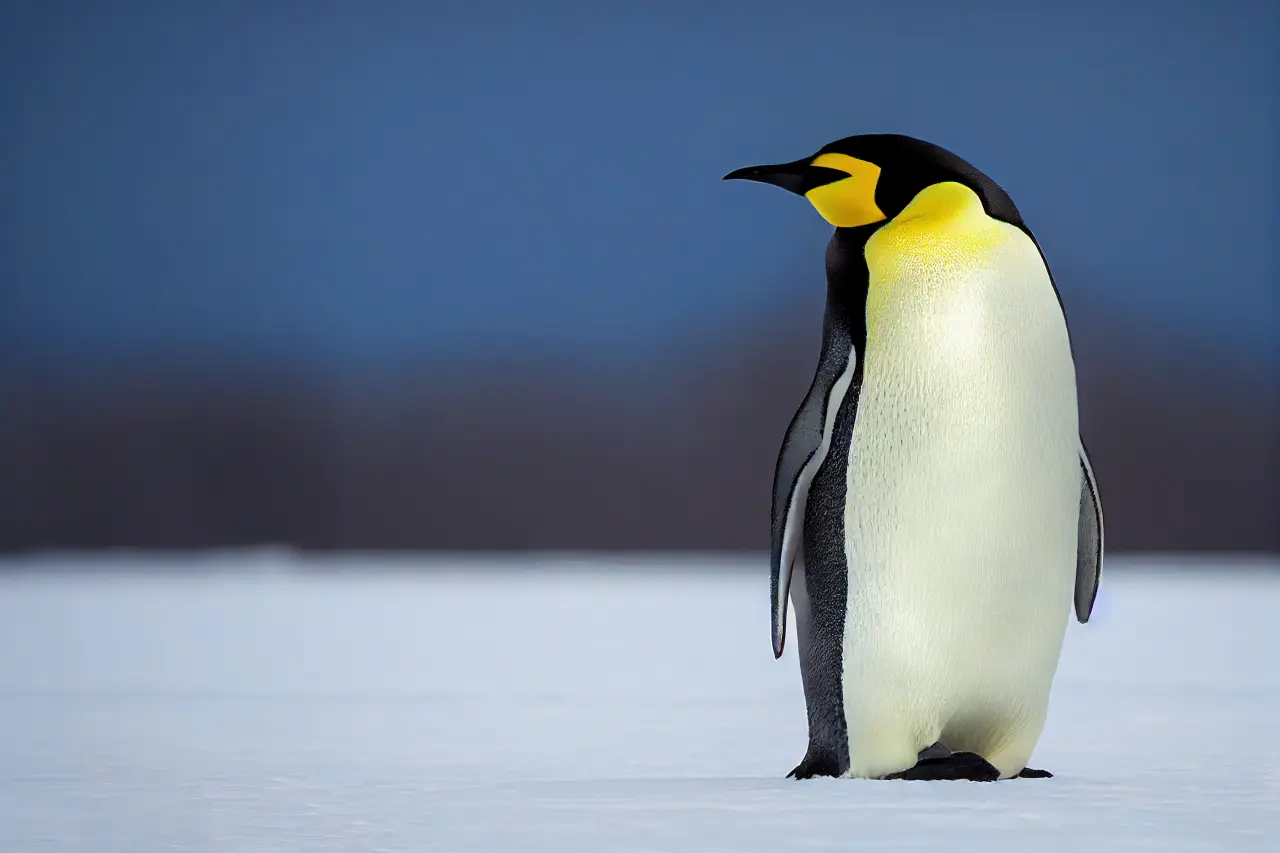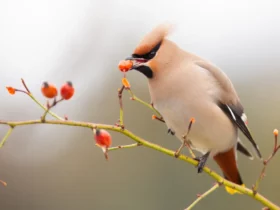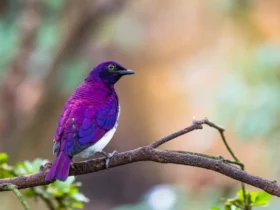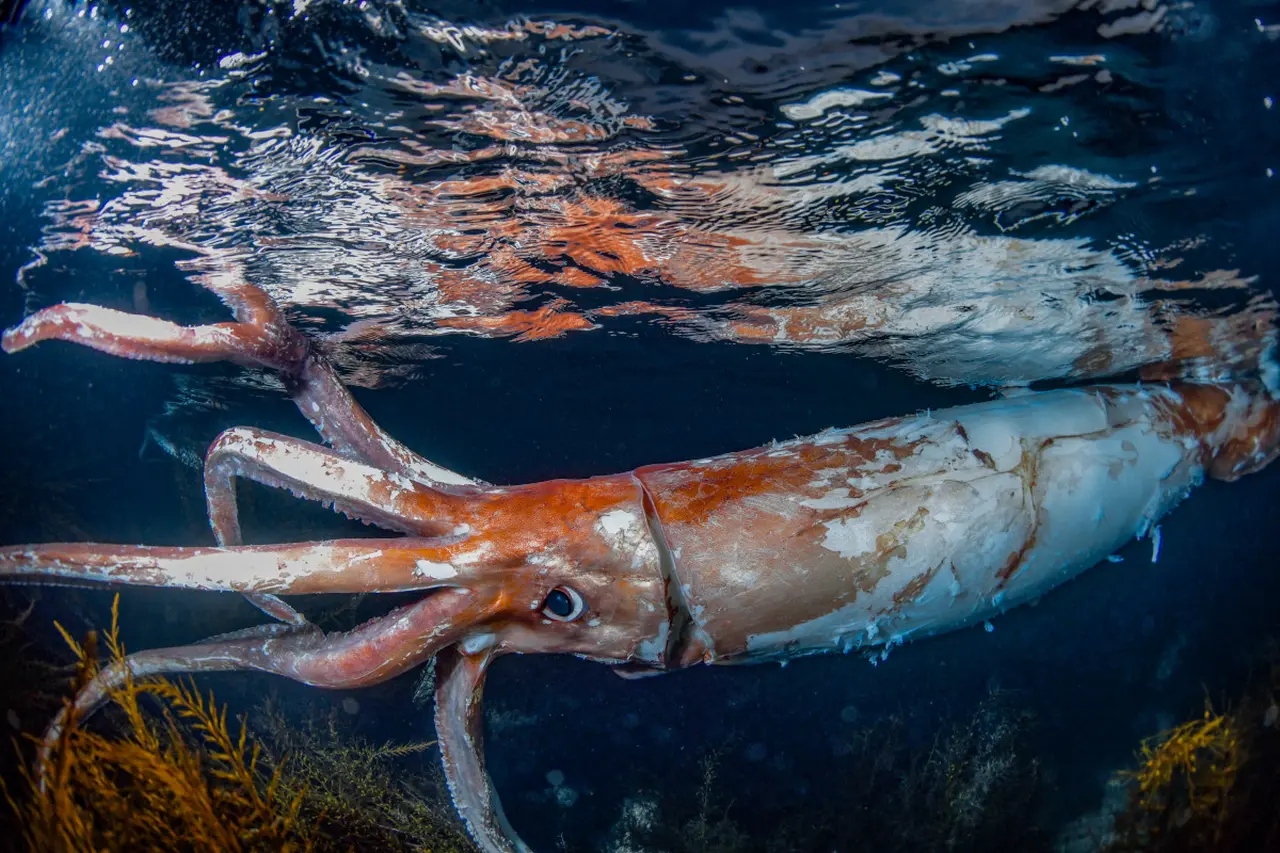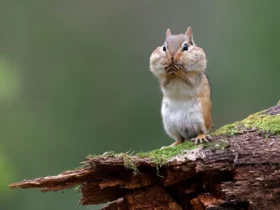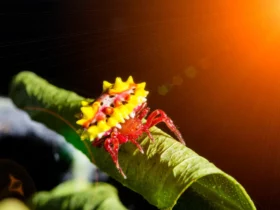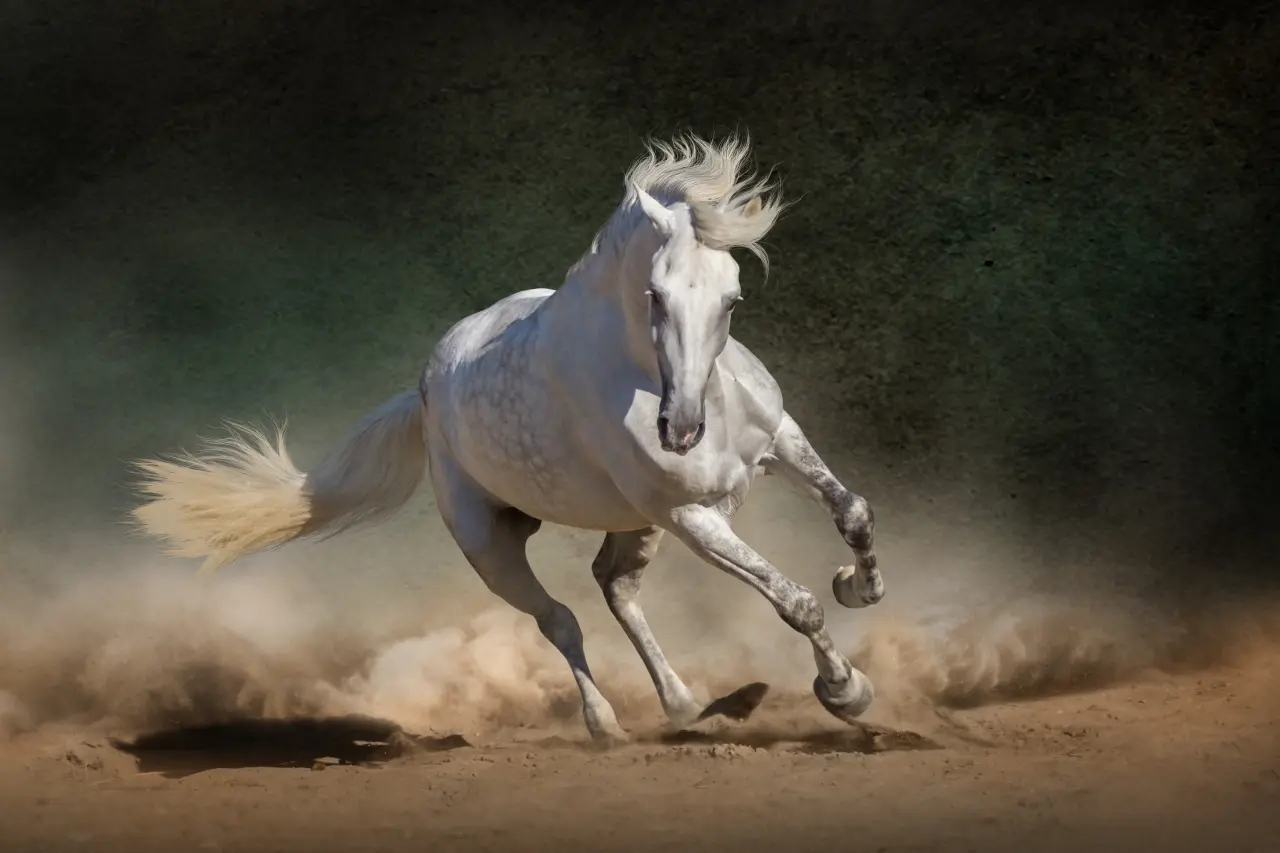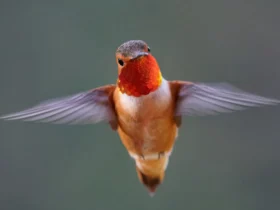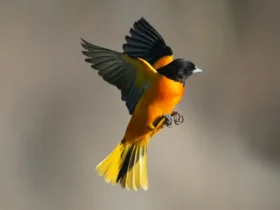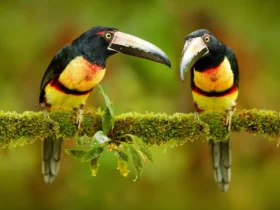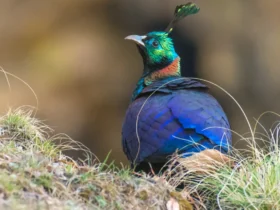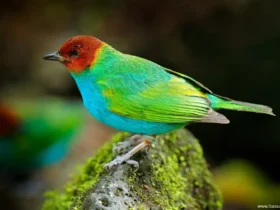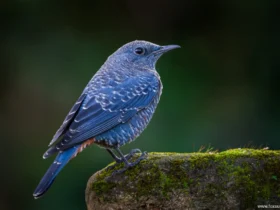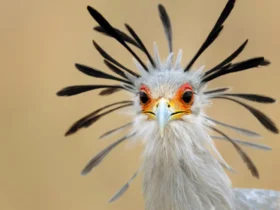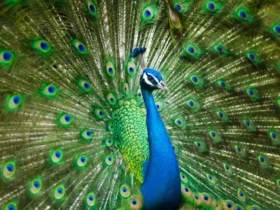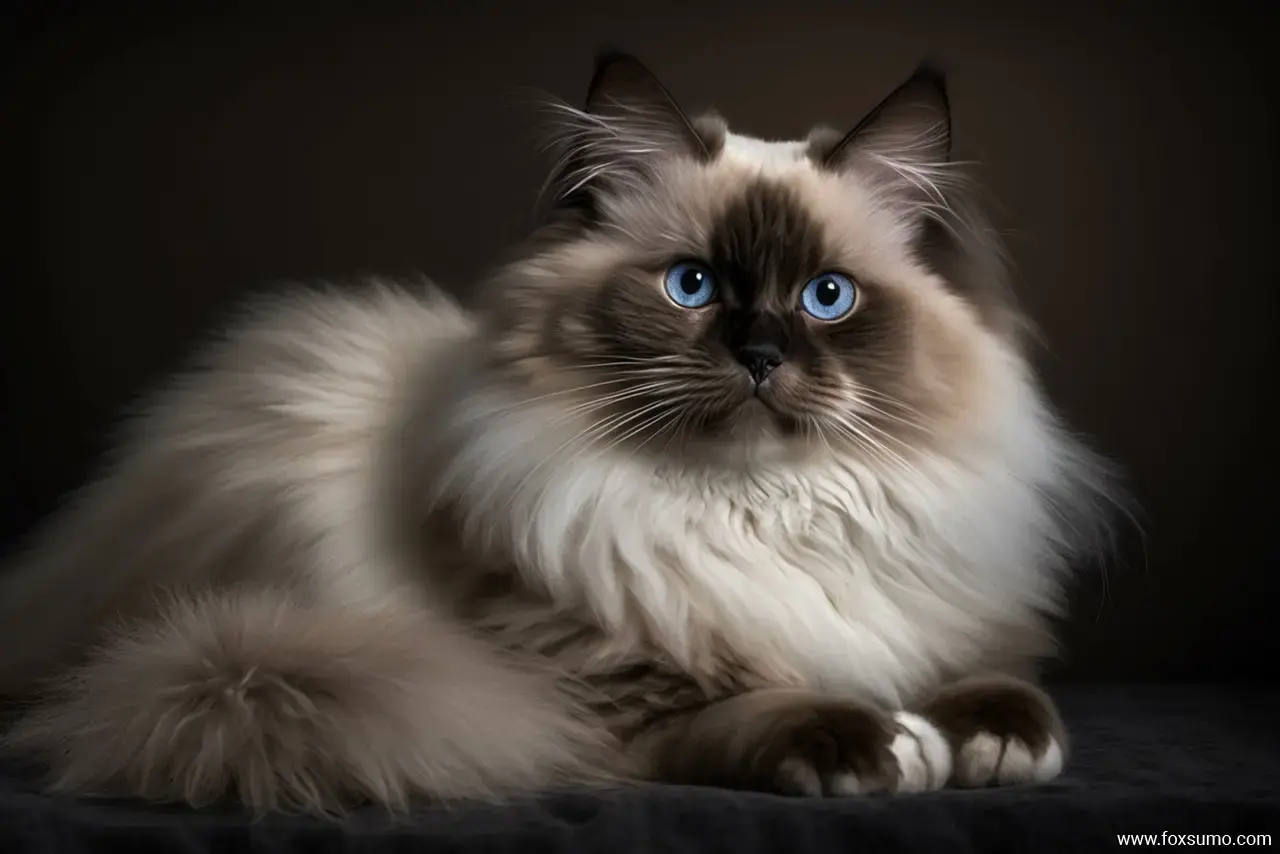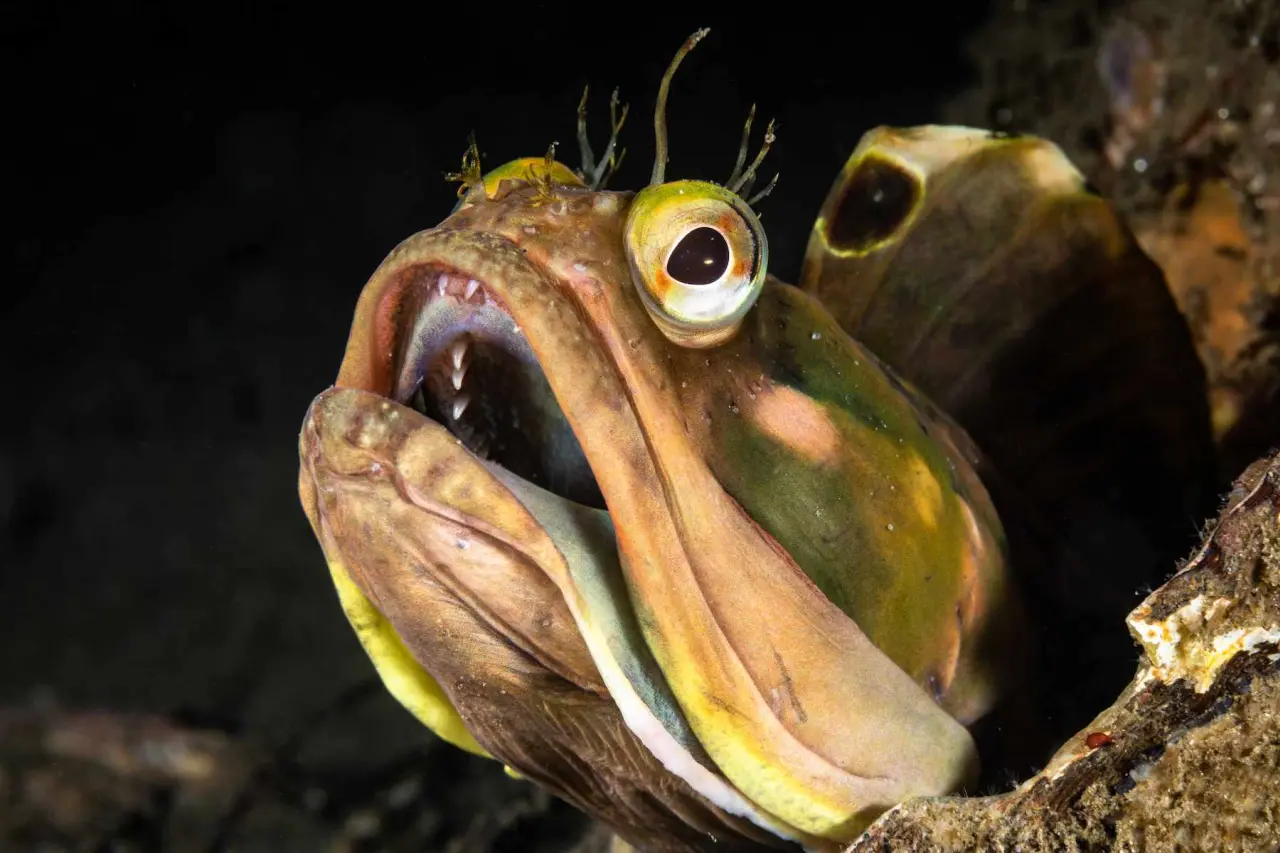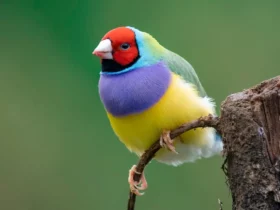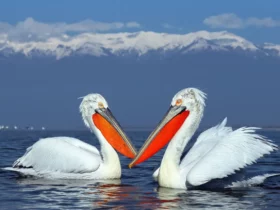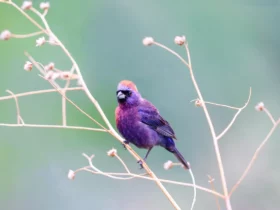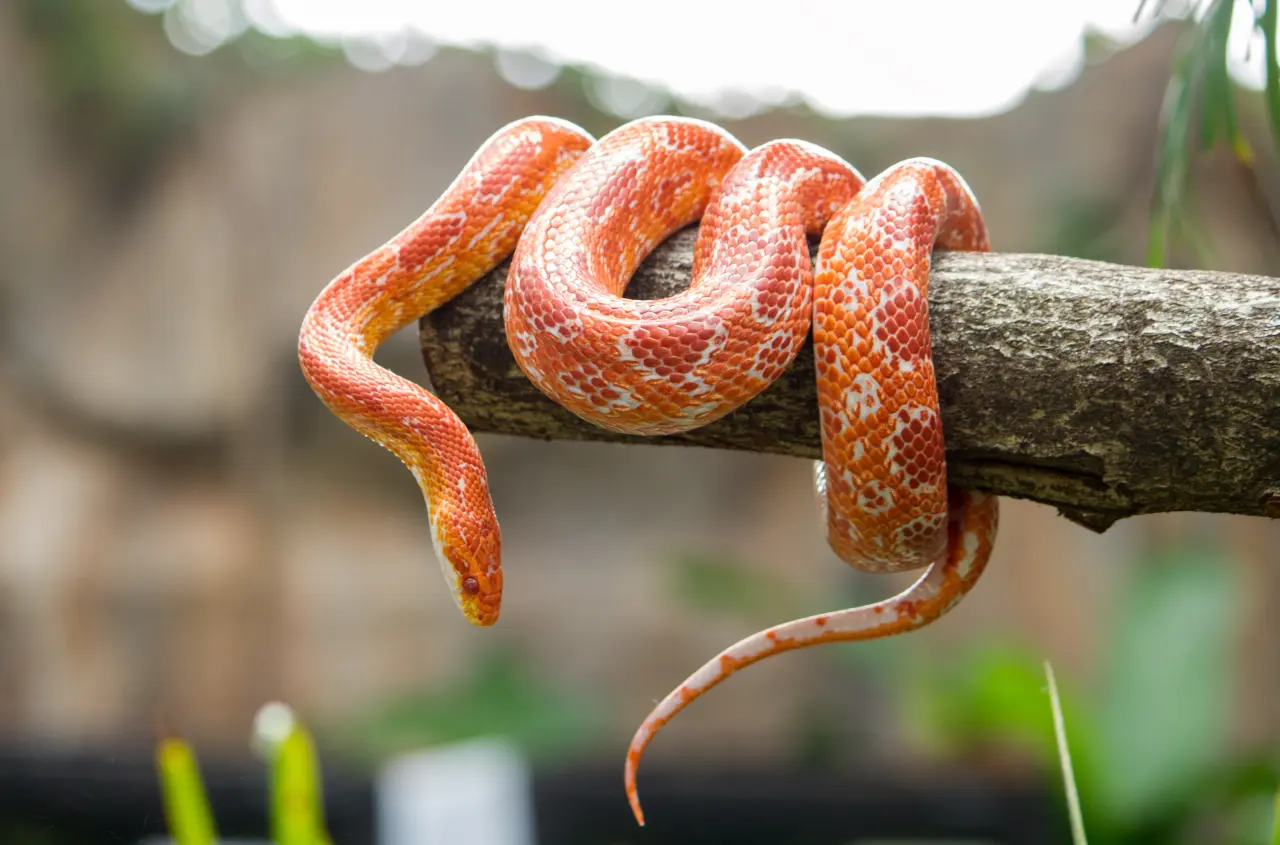Flightless birds are a diverse group of avian species that are unable to fly due to their physical characteristics. These birds have evolved to live and thrive in environments where flying is not necessary for survival. Flightless birds are found on every continent except for North Pole and are known for their unique physical characteristics and behaviors.
01. Penguin
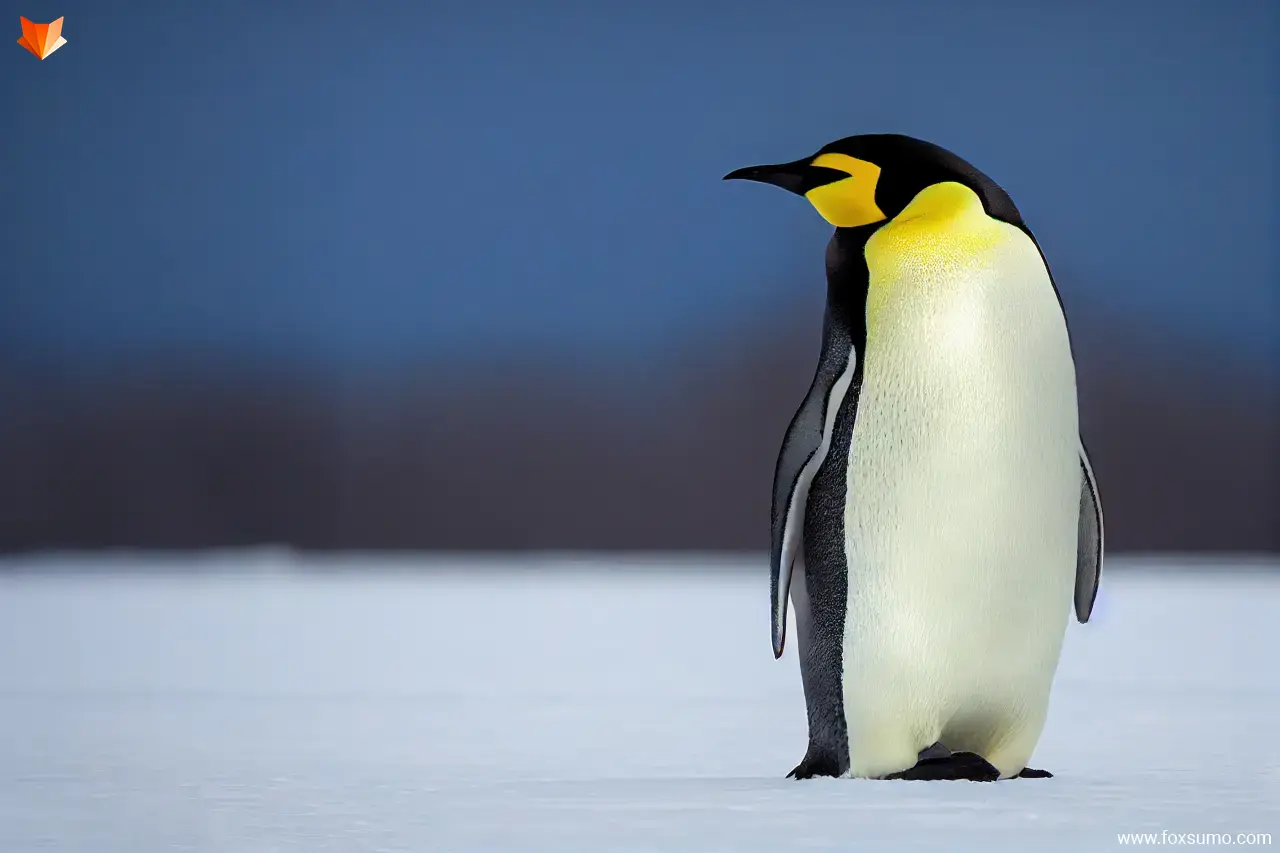
When we think of flightless birds, the penguin is often the first to come to mind. These charismatic creatures are perfectly adapted for life in the cold regions of the Southern Hemisphere, particularly Antarctica. Penguins have evolved flippers instead of wings, which they use for swimming through the frigid waters with remarkable speed and agility. Their sleek bodies and tightly packed feathers provide excellent insulation, enabling them to withstand extreme temperatures. Penguins are also known for their strong sense of community and their unique nesting behaviors.
02. Ostrich
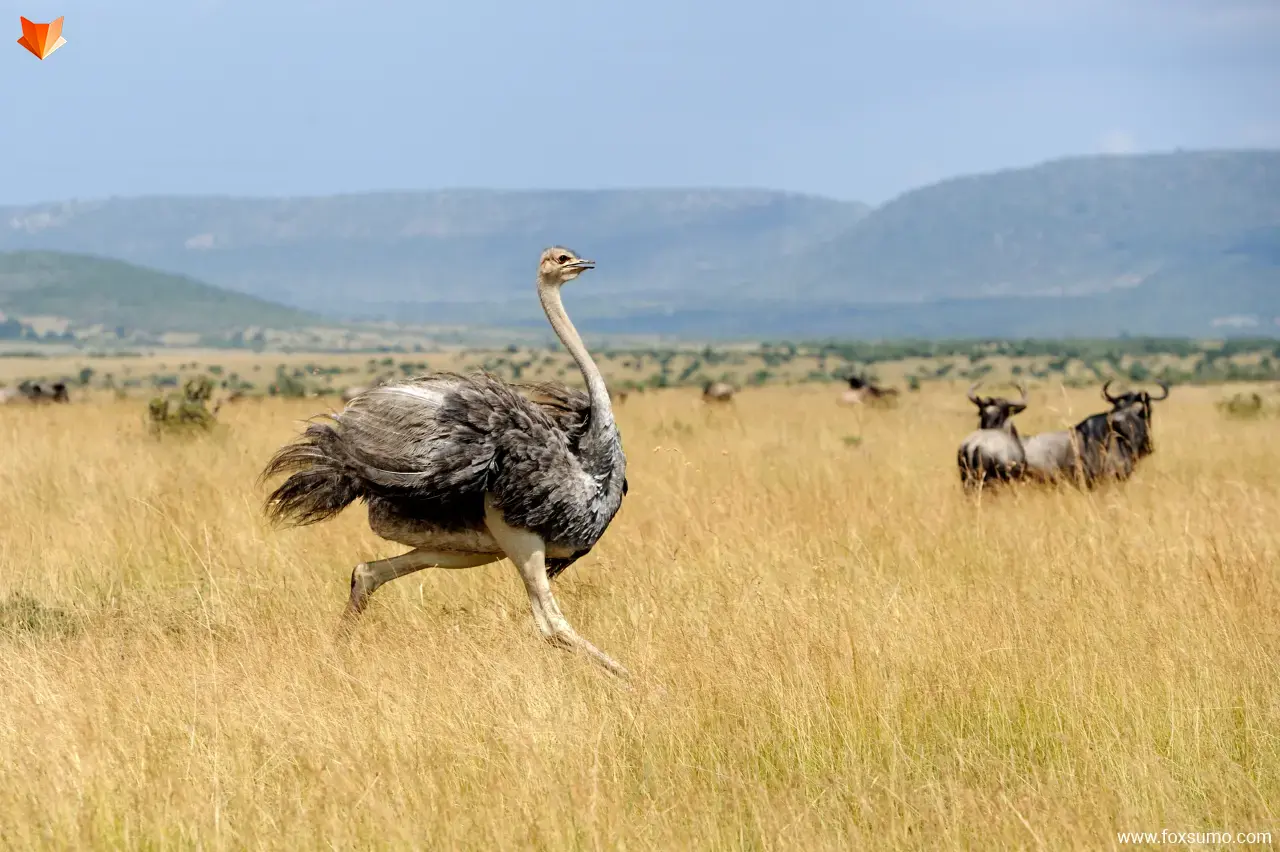
The ostrich is the largest living bird on Earth and can be found in the savannas and deserts of Africa. These magnificent birds possess powerful legs and are exceptional runners, capable of reaching speeds of up to 56 miles per hour (90 kilometers per hour). Although they can’t fly, ostriches use their wings for balance and courtship displays. These funny looking animals also have long necks, sharp eyesight, and a keen sense of hearing, which help them detect predators in their environment. Ostriches are known for their distinctive feathers and large, egg-shaped eggs, which are the largest of any bird species.
03. Emu
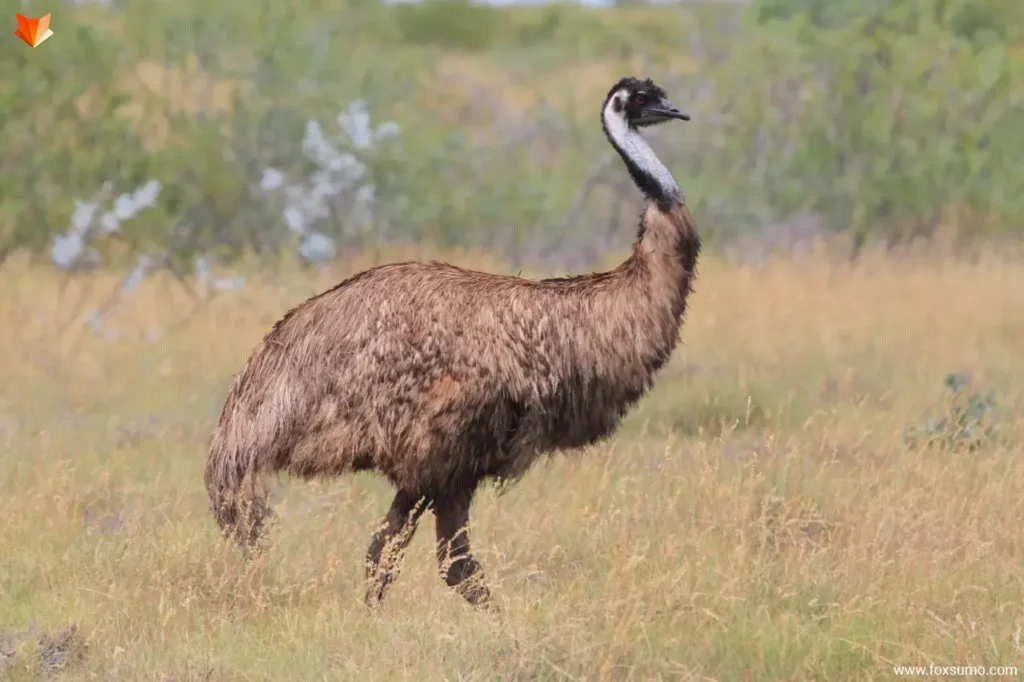
Native to Australia, the emu is another fascinating flightless bird. It is the second-largest bird in the world, after the ostrich. Emus have long, powerful legs and can cover great distances with their running ability. They have soft, shaggy feathers that provide insulation against both heat and cold. Emus are omnivorous, feeding on a variety of plant material, insects, and small vertebrates. Interestingly, male emus are responsible for incubating the eggs and caring for the chicks, a unique behavior in the avian world.
04. Kiwi
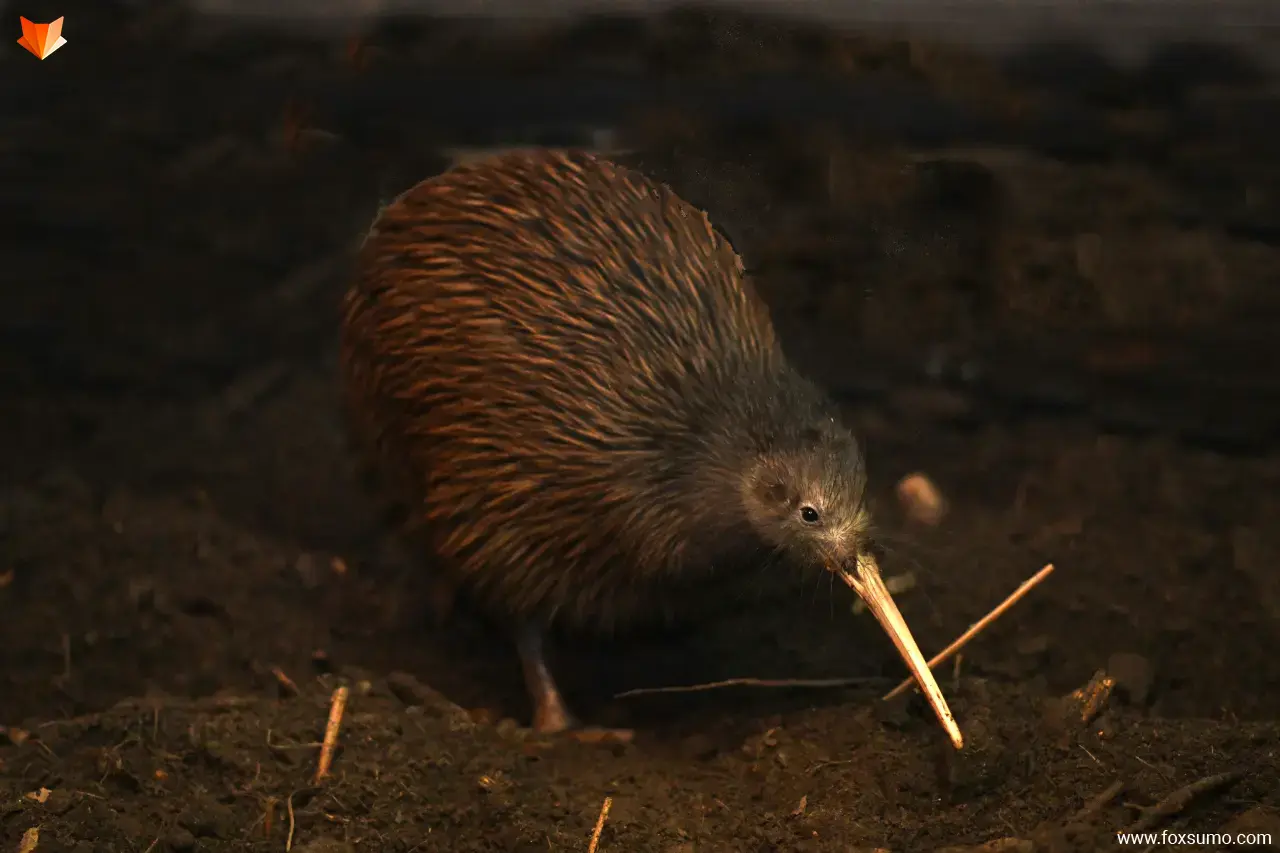
The kiwi is a flightless bird native to New Zealand and holds a special place in the country’s cultural heritage. These small, round, strange looking birds have vestigial wings that are hidden beneath their feathers, making them virtually invisible. Kiwis are primarily nocturnal, using their long, slender beaks to probe the forest floor in search of insects, worms, and other invertebrates. Despite their diminutive size, kiwis lay some of the largest eggs in proportion to their body size. They also have a strong sense of smell, which helps them navigate their surroundings in the dark.
05. Cassowary
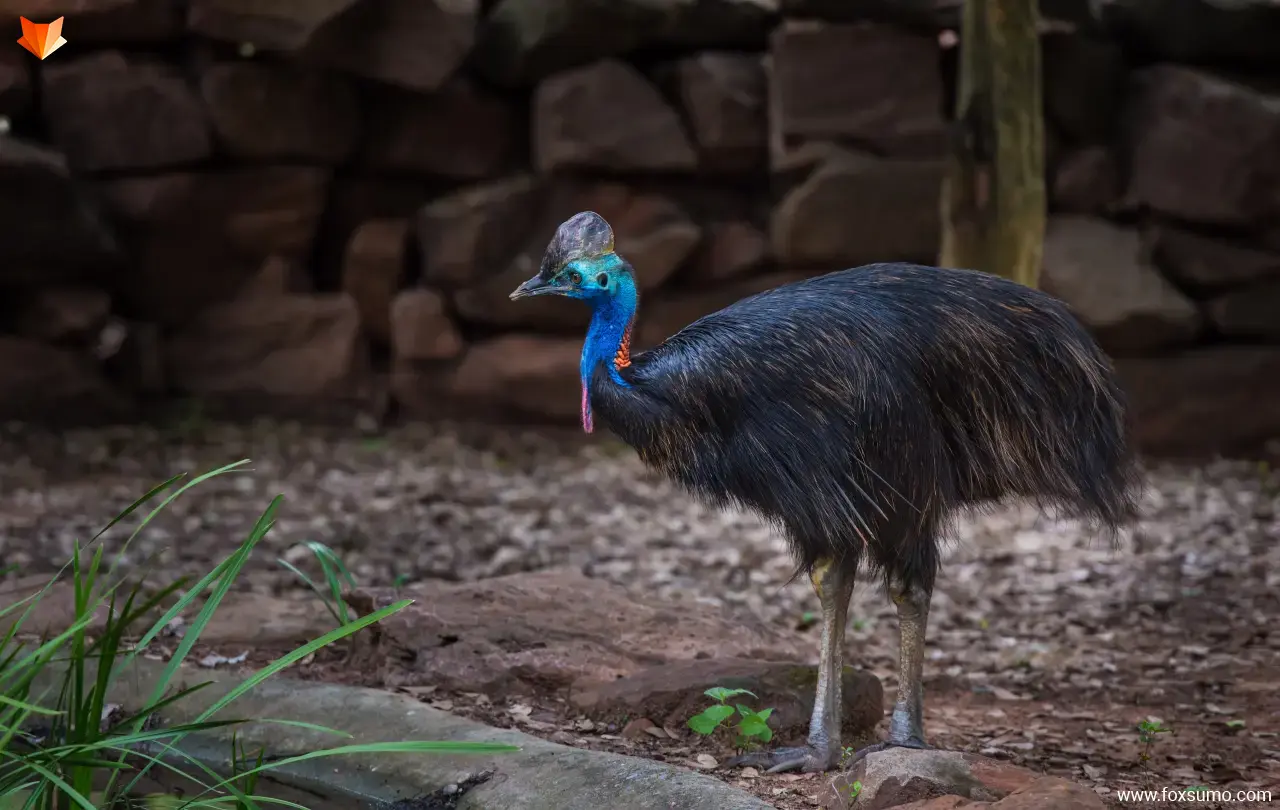
Found in the rainforests of Australia, New Guinea, and nearby islands, the cassowary is a striking flightless bird known for its vibrant blue and red neck, as well as its distinct casque—a bony crest on the top of its head. Cassowaries have powerful legs and can run swiftly through dense vegetation. They are also excellent jumpers, capable of leaping up to five feet (1.5 meters) into the air. With their strong beaks and sharp claws, cassowaries are formidable creatures. They play an important role in their ecosystems by dispersing seeds and contributing to forest regeneration.
06. Rhea
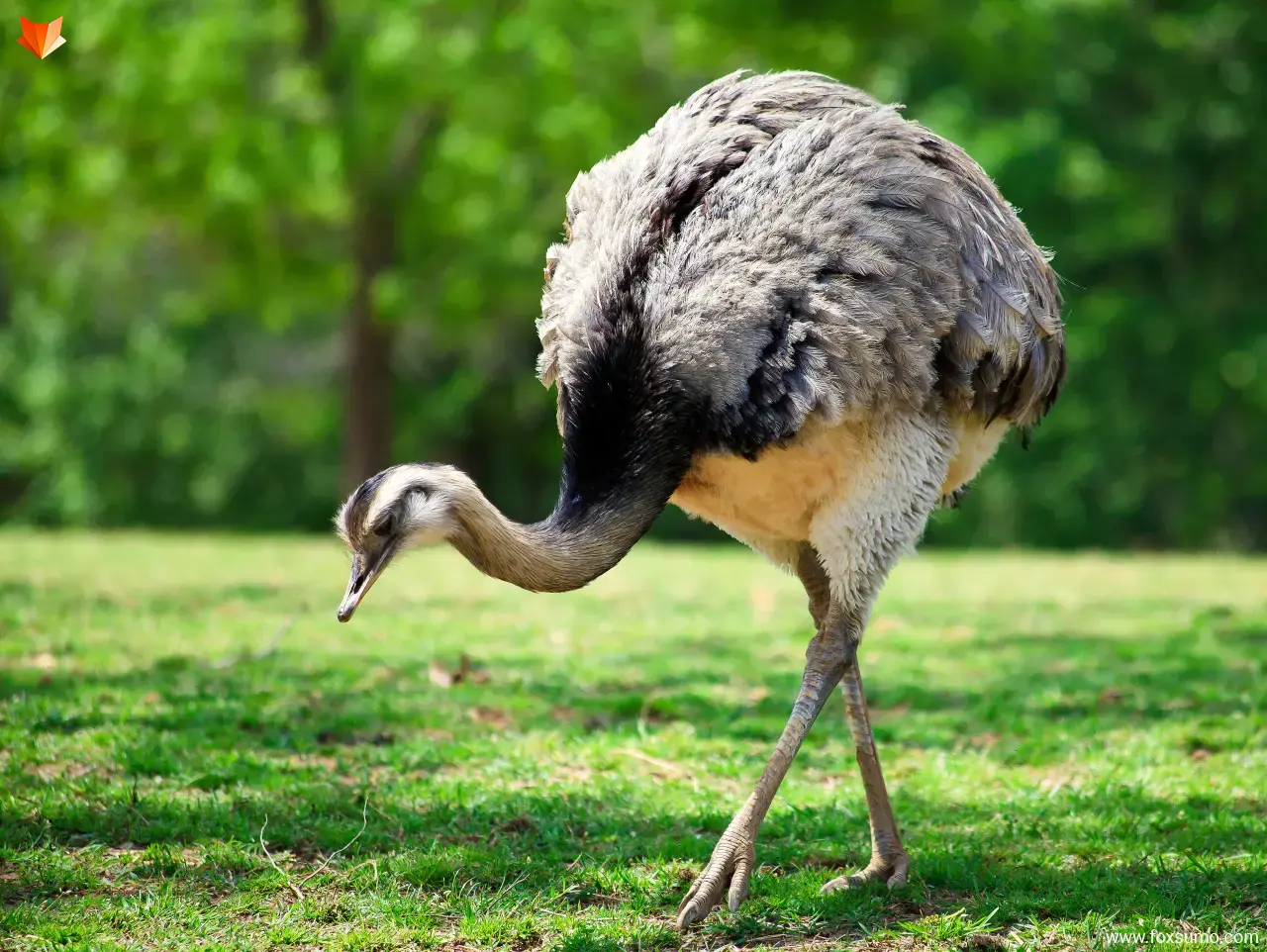
The rhea is a large flightless bird found in South America, with two different species: the greater rhea and the lesser rhea. These birds have long, powerful legs and a streamlined body, allowing them to run at high speeds across open plains. Rheas have small wings that are used for balance and courtship displays, and they also have strong, sharp claws that can be used for defense. These birds are omnivorous, feeding on a variety of plants, insects, and small vertebrates. They play an important role in the ecosystems of South America, helping to disperse seeds and control populations of insects and small animals.
07. Takahe
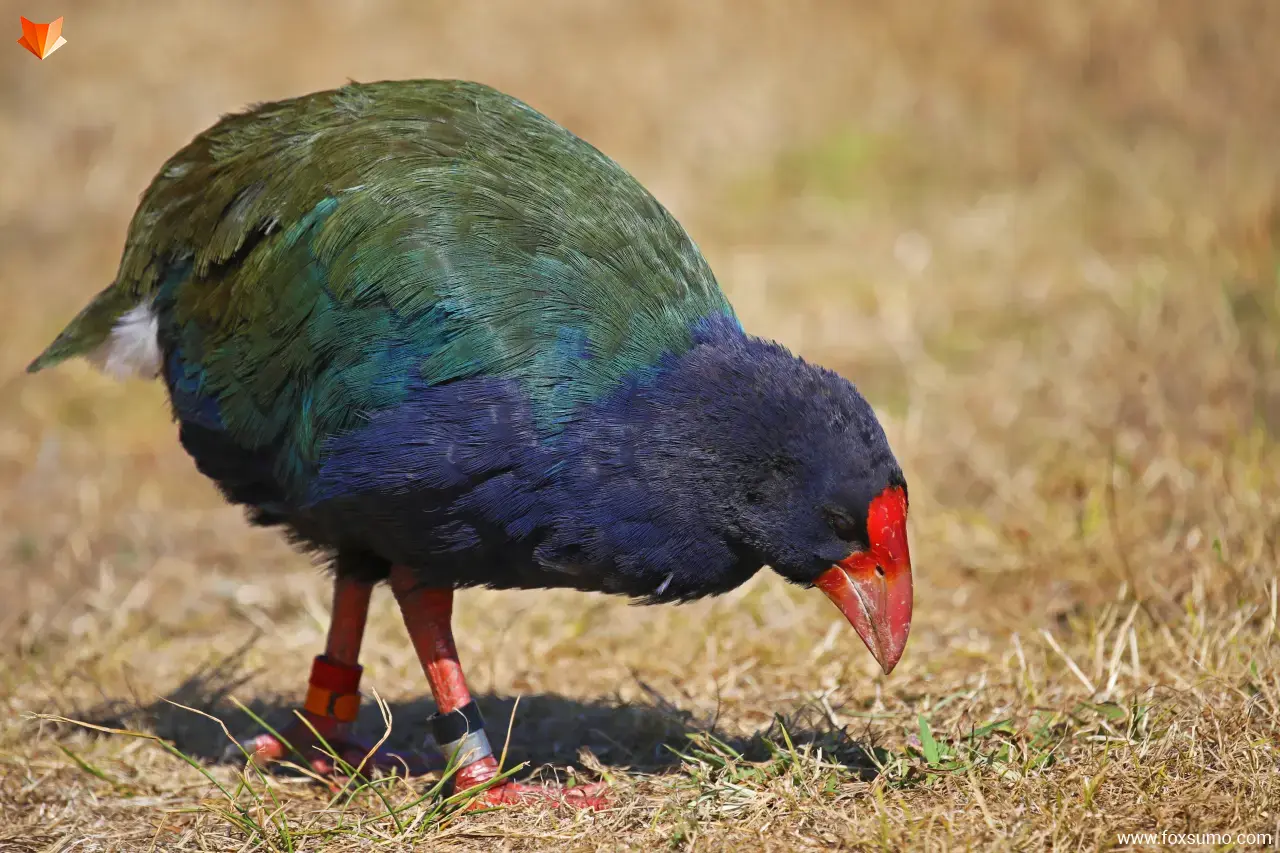
The takahe is a flightless bird native to New Zealand, and is one of the rarest bird species in the world. These birds have stout, sturdy bodies and strong legs, which enable them to move through the dense vegetation of their mountainous habitat. Takahe have a distinctive blue-green plumage and a large, red beak. They are herbivorous, feeding on a variety of plants, and play an important role in maintaining the health of their fragile alpine ecosystem.
08. Kakapo
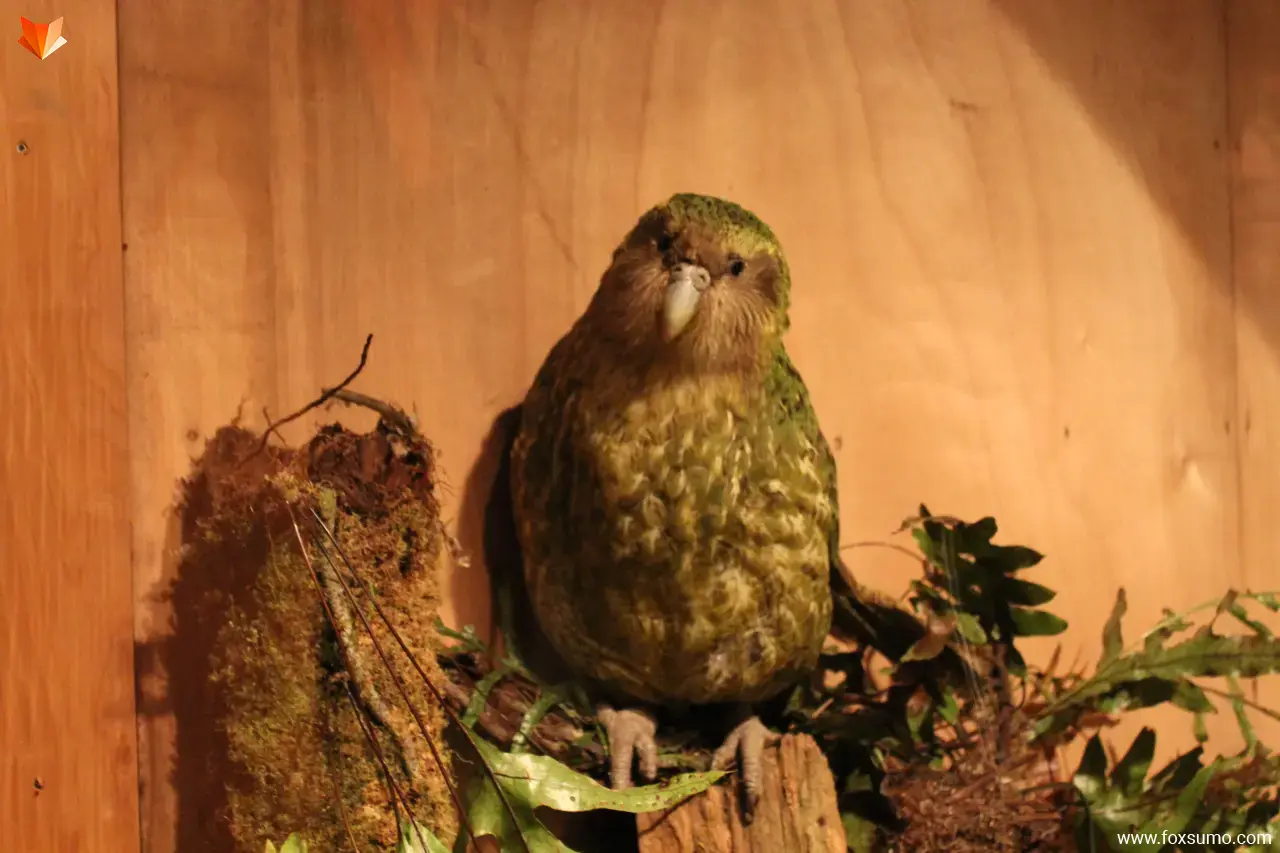
The kakapo is a nocturnal flightless bird native to New Zealand, and is considered one of the rarest and most endangered parrot species in the world. These birds are highly specialized, with a unique combination of physical and behavioral adaptations. Kakapos have large, powerful wings that are used for balance and display, but they are unable to fly. They have a unique musky odor, which helps them blend in with their surroundings, and they are also excellent climbers, using their powerful legs and claws to navigate their environment. Kakapos are herbivorous, feeding on a variety of native plant species.
09. Steamer Duck
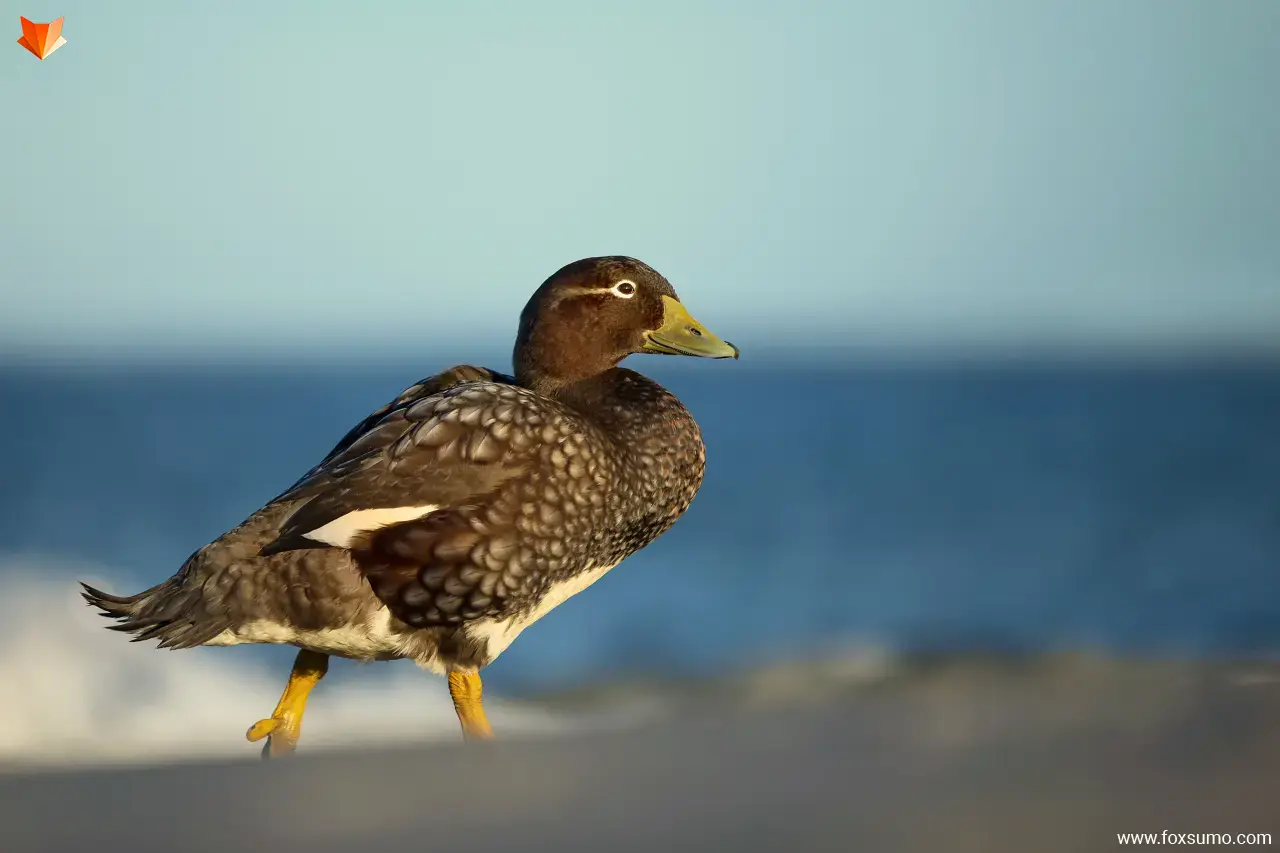
The steamer duck is a flightless bird found in the Falkland Islands and surrounding regions of South America. These ducks have a unique appearance, with a large, upright posture and a distinctive red or orange bill. They are strong swimmers, using their wings as flippers to move through the water, and are also capable of diving to great depths. Steamer ducks are omnivorous, feeding on a variety of plant and animal material, and are important predators in their coastal ecosystems.
10. Weka
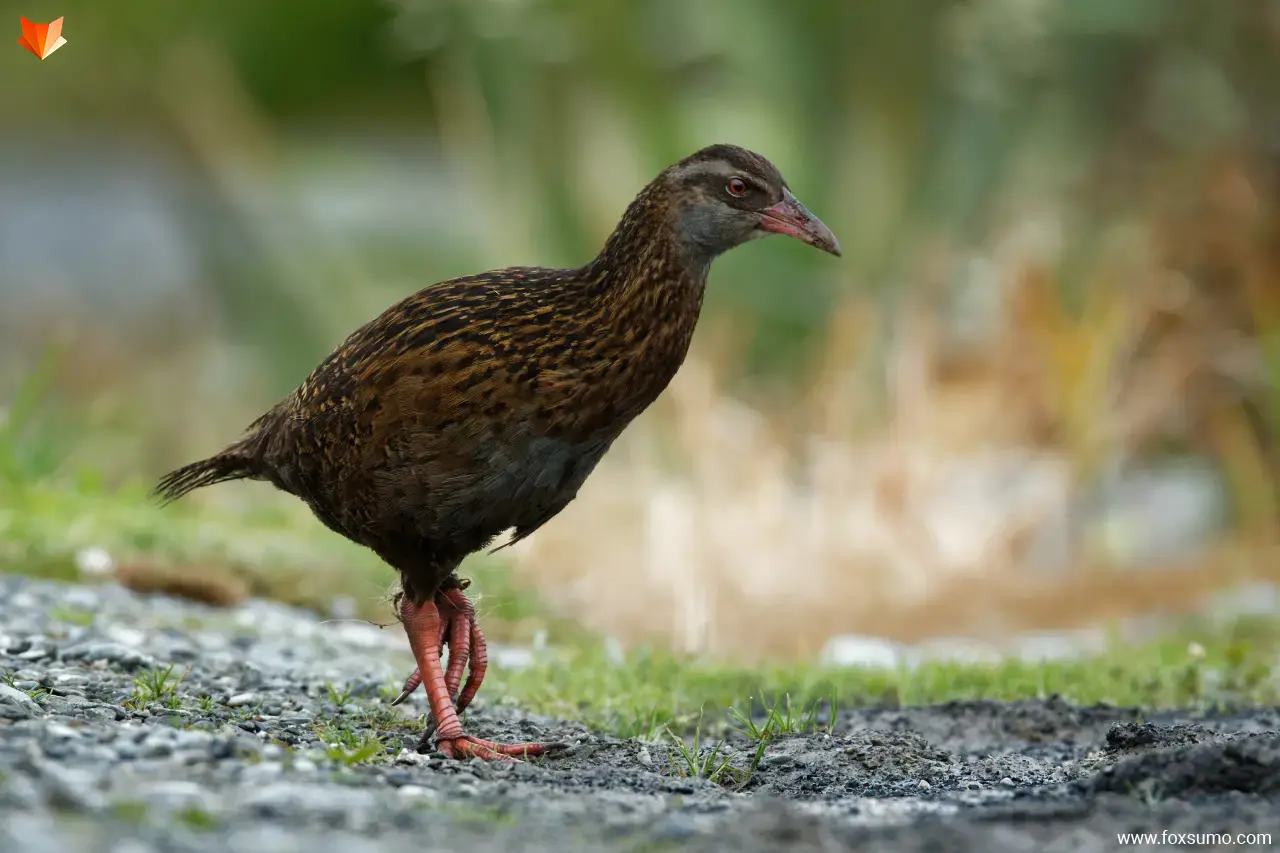
The weka is a flightless bird native to New Zealand, and is known for its bold and curious nature. These birds have a stout, round body and strong legs, which enable them to move quickly through their forest habitat. Weka have a distinctive brown or grey plumage and a sharp, curved beak. They are omnivorous, feeding on a variety of plant and animal material, and are also known to scavenge from human settlements. Weka play an important role in the ecology of New Zealand, helping to disperse seeds and control populations of insects and small animals.
11. Great Auk
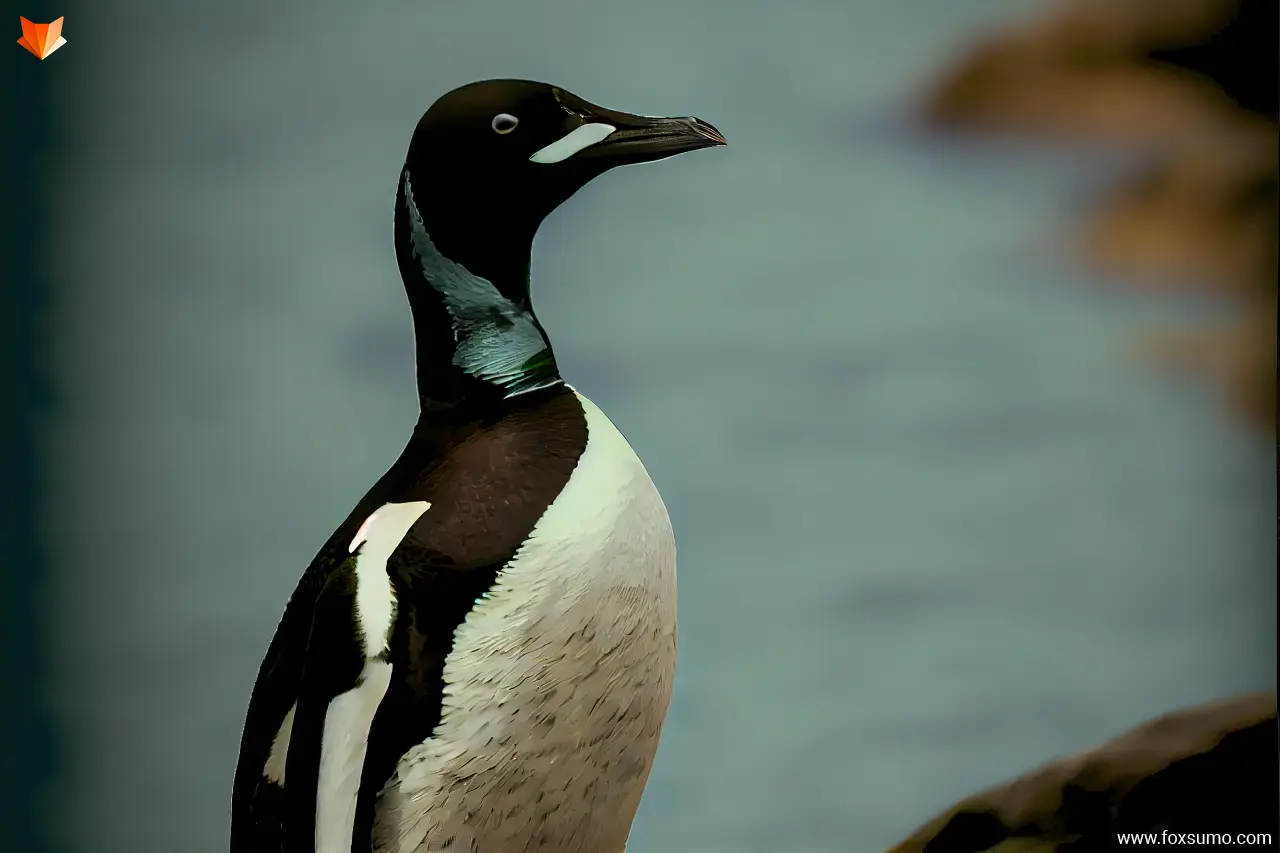
The Great Auk was a large flightless bird that once inhabited the North Atlantic, primarily in the colder regions. Sadly, the Great Auk became extinct in the 19th century due to overhunting for its meat, eggs, and feathers. These birds had a distinct appearance, with a black and white plumage, a large beak, and short wings. Although they were flightless, Great Auks were exceptional swimmers and spent a significant amount of their lives at sea, only returning to land to breed.
12. Elephant Bird
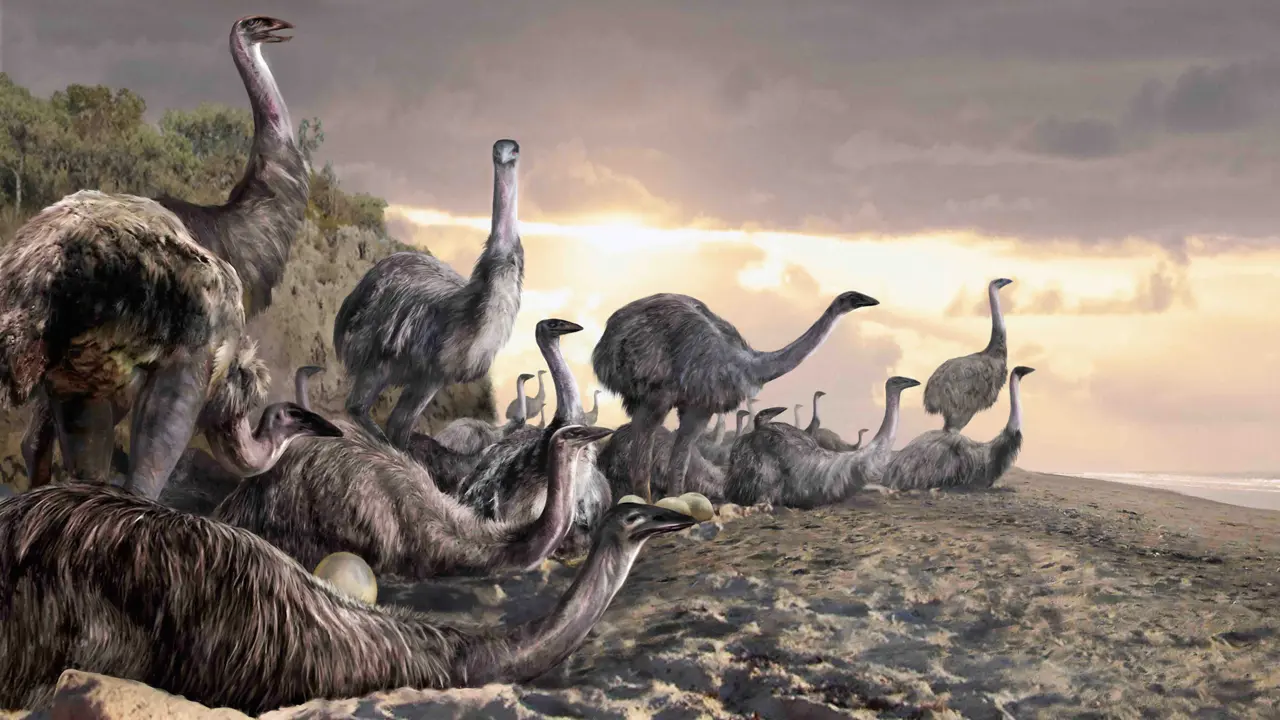
The Elephant Bird, native to the island of Madagascar, holds the title for being the largest bird that ever existed. These colossal flightless birds stood over ten feet tall and weighed up to half a ton, making them truly remarkable creatures. Sadly, like the Great Auk, the Elephant Bird became extinct several hundred years ago, likely due to human hunting and habitat loss. Their eggs, known as the largest laid by any bird, are prized artifacts today.
13. Dodo
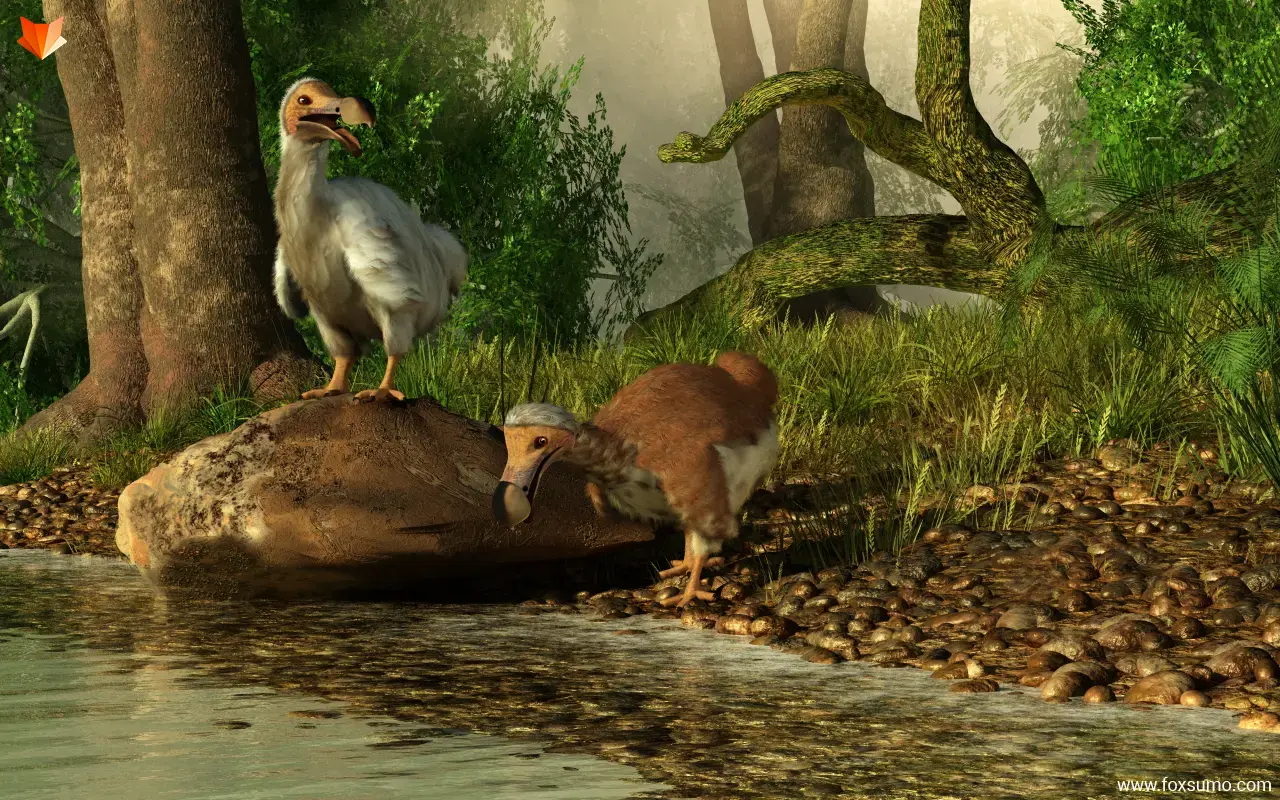
The Dodo is perhaps the most famous flightless bird, largely due to its peculiar appearance and unfortunate fate. Native to the island of Mauritius in the Indian Ocean, the Dodo became extinct in the late 17th century, only about a century after its discovery by European explorers. The Dodo was a large, flightless pigeon with a rounded body, small wings, and a distinctively large, hooked beak. Its extinction was primarily caused by the introduction of invasive species and overhunting by humans.
14. Guam Rail
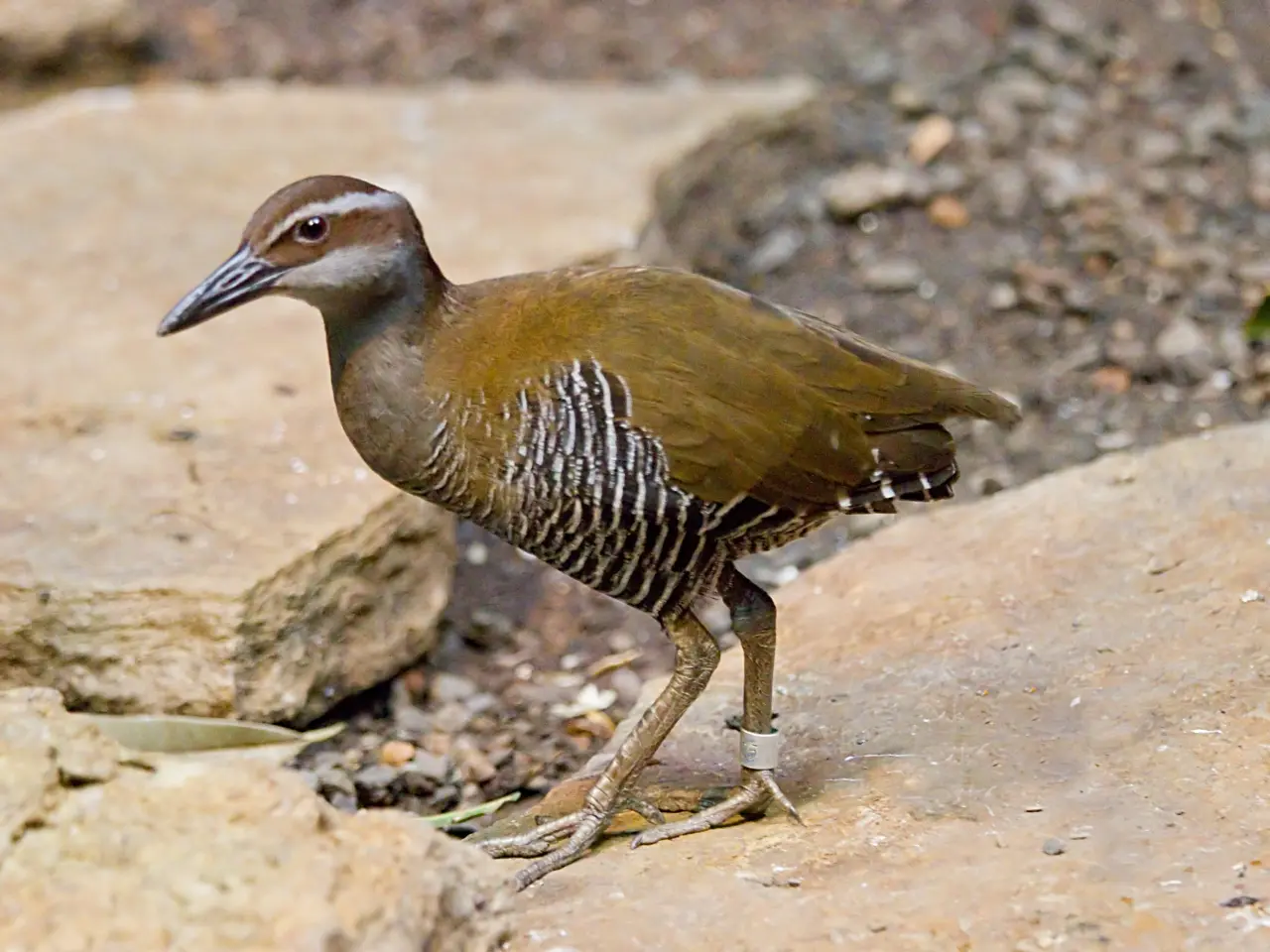
The Guam Rail, also known as the Ko’ko bird, is a flightless bird endemic to the island of Guam in the western Pacific Ocean. These birds faced a grim fate due to the introduction of the brown tree snake, an invasive predator that caused the rapid decline of many native species on the island. The Guam Rail was driven to the brink of extinction in the wild but has been the subject of successful captive breeding and reintroduction programs.
15. Kagu
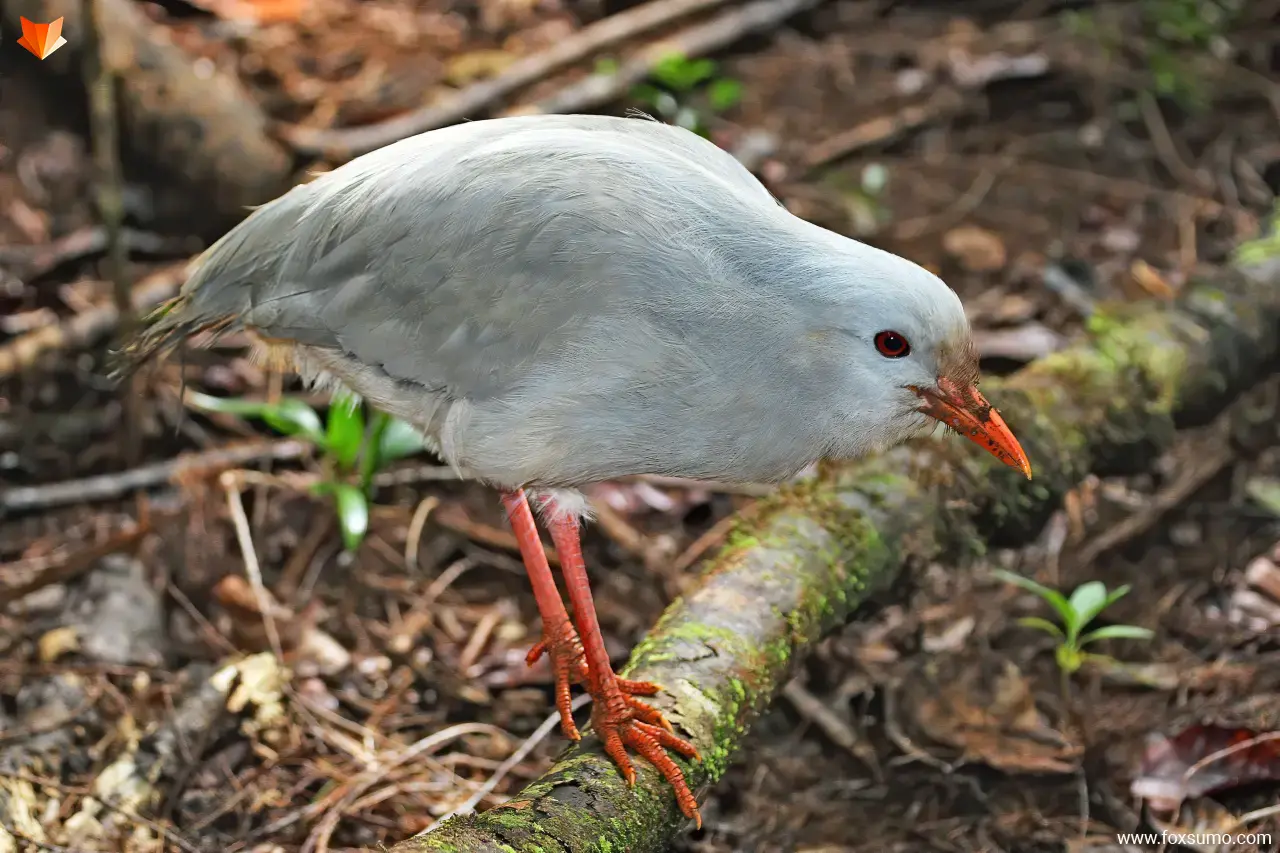
The Kagu, native to the island of New Caledonia in the Pacific Ocean, is a striking and elusive flightless bird. It has a slate-grey plumage, long legs, and a distinctive crest on its head. The Kagu is well-adapted to its forest habitat, with excellent camouflage and a loud, unique call. While currently classified as vulnerable, conservation efforts have been initiated to protect this rare and remarkable bird.
Final Thought
Flightless birds have adapted to their respective environments in remarkable ways, demonstrating that the ability to fly is not a prerequisite for survival. From the icy landscapes of Antarctica to the lush rainforests of Australia, these birds have carved out their niches and continue to captivate us with their beauty and resilience. Studying flightless birds provides valuable insights into the diversity of avian life and the extraordinary adaptations that have shaped their existence.
